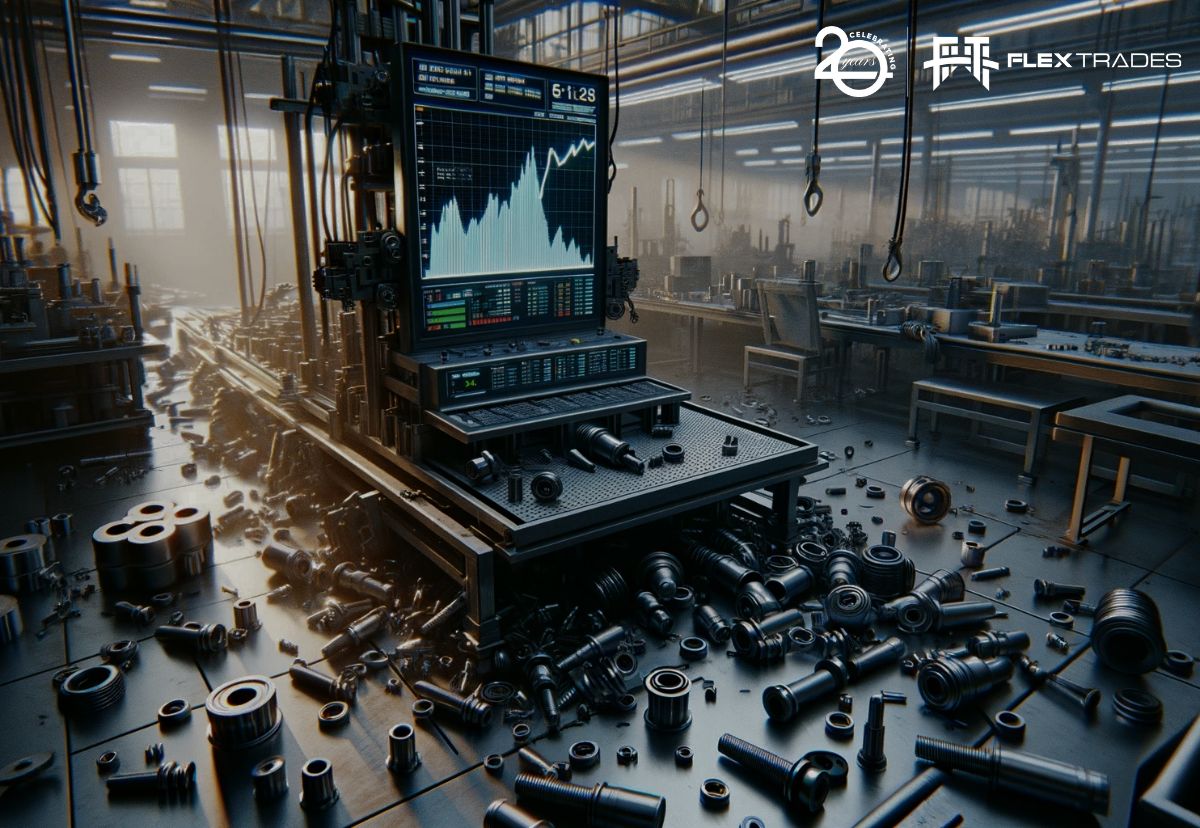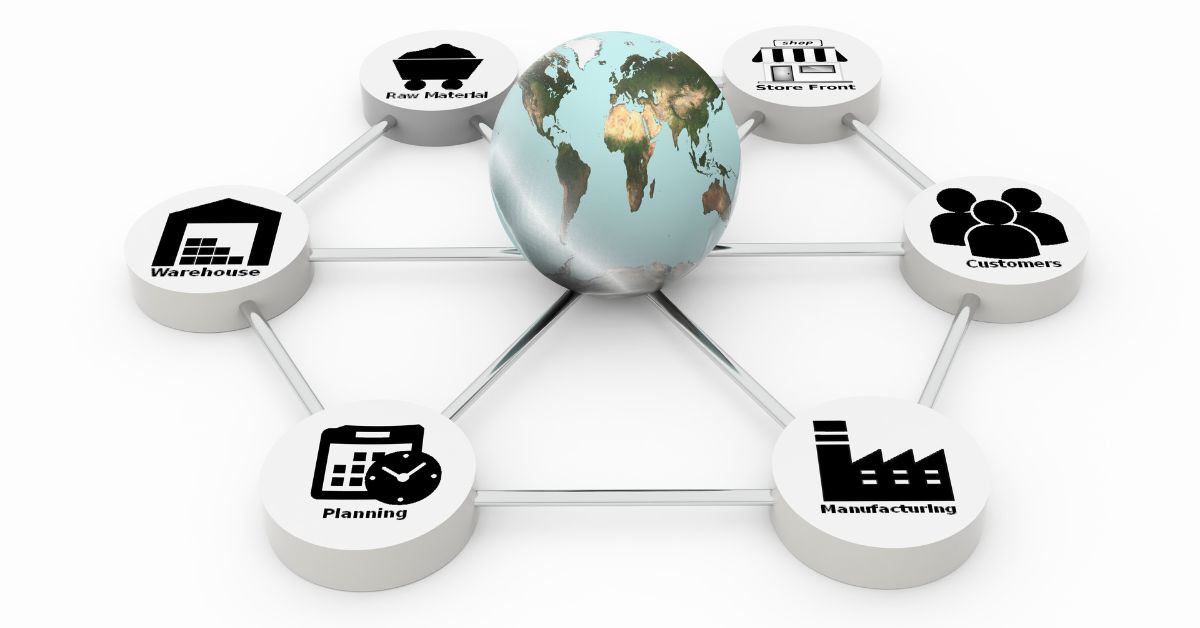The global manufacturing landscape is currently navigating through a sea of unprecedented supply chain challenges. From disruptions due to the COVID-19 pandemic to geopolitical tensions affecting global trade, manufacturers are facing a new era of uncertainty. In this blog post, we explore how FlexTrades is playing a pivotal role in helping manufacturing companies overcome these hurdles by providing skilled labor solutions that ensure continued productivity and flexibility.
Understanding the Current Supply Chain Challenges
Before diving into solutions, it’s crucial to understand the nature of the challenges confronting the manufacturing sector:
- Global Disruptions: The pandemic has highlighted vulnerabilities in global supply chains, with lockdowns and border closures causing significant delays and shortages.
- Rising Costs: Manufacturers are grappling with increased costs due to tariffs, shipping delays and a surge in demand for certain materials.
- Labor Shortages: A significant challenge is the shortage of skilled labor, which has been exacerbated by the pandemic and changing workforce demographics.
- Technological Advancements: Keeping pace with rapid technological changes requires a workforce that is skilled in the latest manufacturing technologies.
FlexTrades’ Skilled Labor Solutions: A Beacon in Troubled Waters
In response to these challenges, FlexTrades offers tailored skilled labor solutions:
- Filling the Skills Gap: FlexTrades provides access to a pool of highly skilled workers who can step in to fill critical roles, mitigating the impact of labor shortages on production lines.
- Adaptability and Flexibility: The ability to quickly adapt to changing circumstances is key. FlexTrades’ workforce is trained to be agile and flexible, seamlessly integrating into existing operations to maintain productivity.
- Cost-Effective Solutions: By providing skilled labor on an as-needed basis, FlexTrades helps manufacturers control labor costs, a crucial factor during economic uncertainties.
- Expertise in Advanced Manufacturing Technologies: FlexTrades’ workers are not just skilled in traditional manufacturing practices but are also trained in the latest technologies, ensuring that companies stay at the forefront of industry advancements.
Case Studies: FlexTrades in Action
Real-world examples serve to illustrate the effectiveness of FlexTrades’ solutions:
- Case Study 1: A manufacturer facing delays due to shipping disruptions was able to keep its production schedule on track by leveraging FlexTrades’ skilled labor to increase in-house production of components previously sourced from overseas.
- Case Study 2: A company struggling with the integration of new technology into its production process benefited from FlexTrades’ tech-savvy workforce, who brought the necessary expertise to streamline the transition.
Strengthening Manufacturing Resilience with FlexTrades
The current supply chain challenges in the manufacturing sector require innovative and flexible solutions. FlexTrades stands as a critical partner for manufacturers, offering skilled labor solutions that enhance productivity and operational flexibility. In these uncertain times, partnering with FlexTrades means not just surviving the storm but thriving in it, ensuring that manufacturing companies are well-equipped to face the challenges of today and tomorrow.
Are you facing workforce challenges in your manufacturing operations? Discover how FlexTrades can help you maintain productivity and adapt to the ever-changing manufacturing landscape. Contact us today to learn more about our skilled labor solutions and take the first step towards building a more resilient manufacturing operation.









